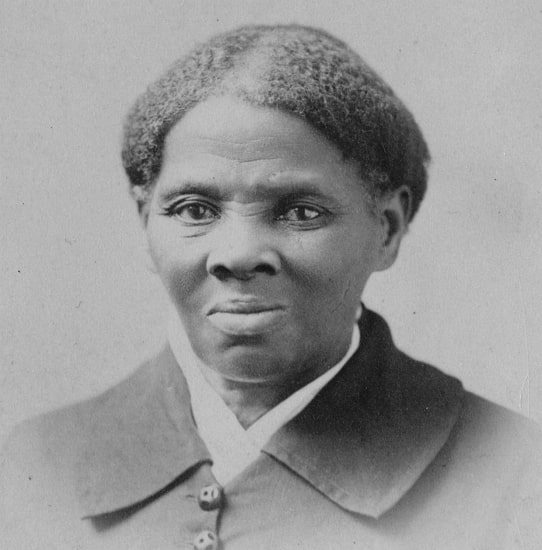
| Net Worth | $1.5 Million |
| Name | Harriet Tubman |
| Date of Birth | 6 March 1822 |
| Age | 91 Years Old |
| Gender | Female |
Harriet Tubman Net Worth
$1.5 Million
Harriet Tubman also known as Araminta Ross was an American abolitionist, civil war scout, spy, nurse, suffragist and civil rights activist. As of 1913, Harriet Tubman’s net worth is $1.5 million. Tubman was born into slavery and performed roughly 13 expeditions to free around 70 enslaved individuals, including relatives and friends.
During the American Civil War, she worked for the Union Army as an armed scout and spy. Tubman was an activist for women’s suffrage in her later years. From the very beginning of her childhood, she was beaten up and whipped by her masters.
Harriet Tubman Wiki/Biography
Born on 6 March 1822, Harriet Tubman’s age was 91 Years Old as of 1913. She was born and raised in a well-settled Christian family from Dorchester County, Maryland, United States. She was an American by nationality and had a belief in the Christian religion.
She couldn’t attend school nor did she attend college due to slavery. From the very beginning of her childhood, she was more interested in politics.
| Name | Harriet Tubman |
| Full Name | Araminta Ross |
| Other Name | Minty Moses |
| Net Worth | $1.5 Million |
| Date of Birth | 6 March 1822 |
| Date of Death | 10 March 1913 |
| Age | 91 Years Old |
| Birth Place | Dorchester County, Maryland, United States |
| Death Place | Auburn, New York, United States |
| Profession | Abolitionist, Civil War Scout, Spy, Nurse, Suffragist and Civil Rights Activist |
| Nationality | American |
| Religion | Christian |
| Ethnicity | African and American Descent |
| Hometown | Dorchester County, Maryland |
| Zodiac Sign | Pisces |
Family, Husband & Relationships
Harriet Tubman’s parents are Ben and Harriet Greene Ross. Harriet Tubman’s father’s name is Ben Ross who was an abolitionist and worked as an Underground Railroad Conductor by profession and her mother’s name is Harriet Greene Ross who worked as a cook for the Brodess family.
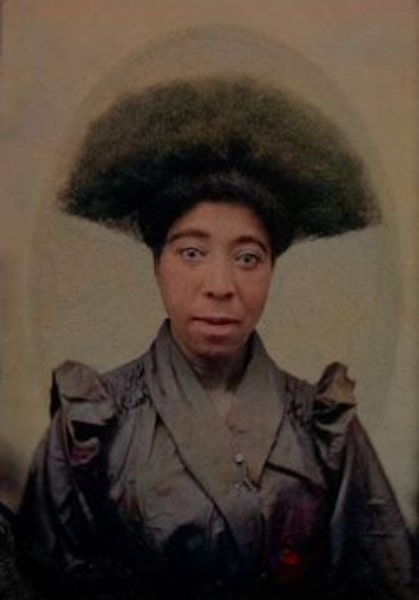
She also had eight siblings. Her four sister’s names were Mariah Ritty Ross, Rachel Ross, Linah Ross and Soph Ross. Her four brother’s names were Robert Ross, Ben Ross, Moses Ross and Henry Ross.
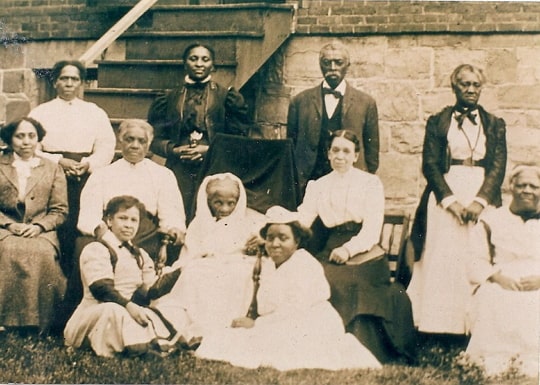
Harriet Tubman’s marital status was married. She married John Tubman in 1844 but then got divorced in 1851.
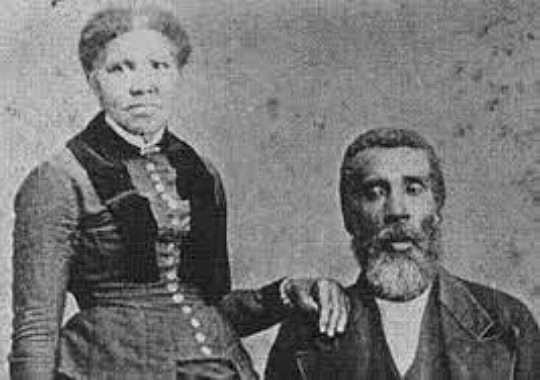
After that, she married Nelson Davis in 1869. She has an adopted daughter named Gertie Davis.
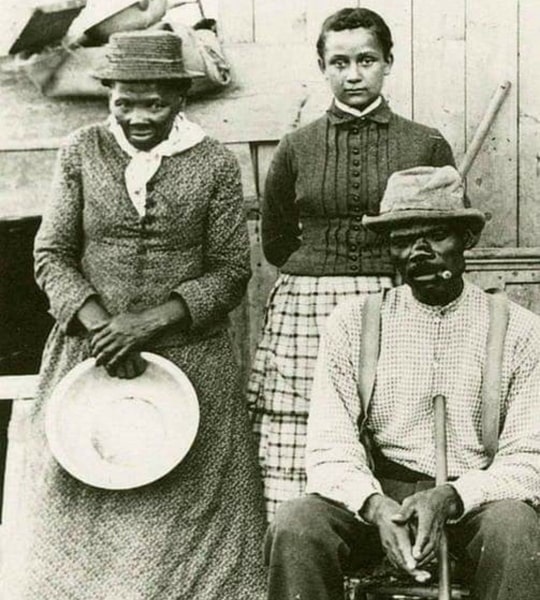
| Father Name | Ben Ross |
| Mother Name | Harriet Greene Ross |
| Brother Name | Robert Ross Ben Ross Moses Ross Henry Ross |
| Sister Name | Mariah Ritty Ross Rachel Ross Linah Ross Soph Ross |
| Boyfriend | Nelson Davis John Tubman (Ex) |
| Marital Status | Married |
| Husband Name | Nelson Davis John Tubman (Ex) |
| Children | Gertie Davis (Daughter) |
Physical Appearance
Harriet Tubman was a beautiful-looking hot and gorgeous girl with an attractive and charming personality. She owned a beautiful, hot, and curvaceous figure with attractive body measurements and a beautifully shaped body. Her figure measurements are 36-40-28 inches approximately.
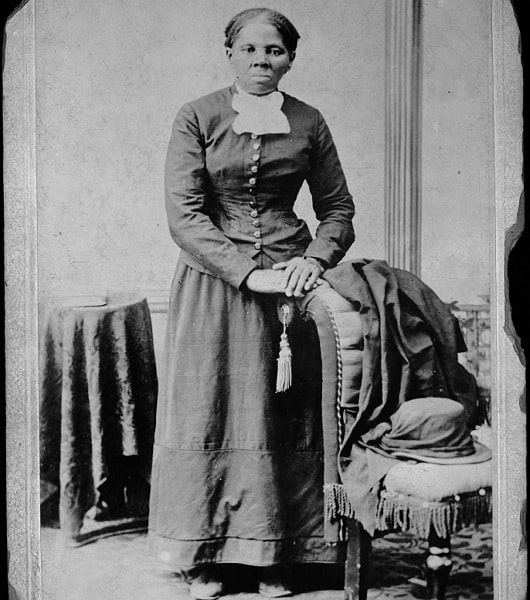
She was about 5 feet 0 inches in height and her body weight was around 70 kg. She had short and shiny gray color hair and also had blistering brown color beautiful and mesmerizing eyes.
| Height (approx) | in centimeters: 152 cm in meters: 1.52 m in feet inches: 5’ 0” |
| Weight (approx) | in kilograms: 70 kg in pounds: 154 lbs |
| Eye Colour | Blistering Brown |
| Hair Colour | Gray |
Career
Harriet Tubman started her career as a spy after being relieved from being a slave. She grew sick in 1849, reducing her usefulness as a slave once again. Despite Edward Brodess’s best efforts, he could not sell her.
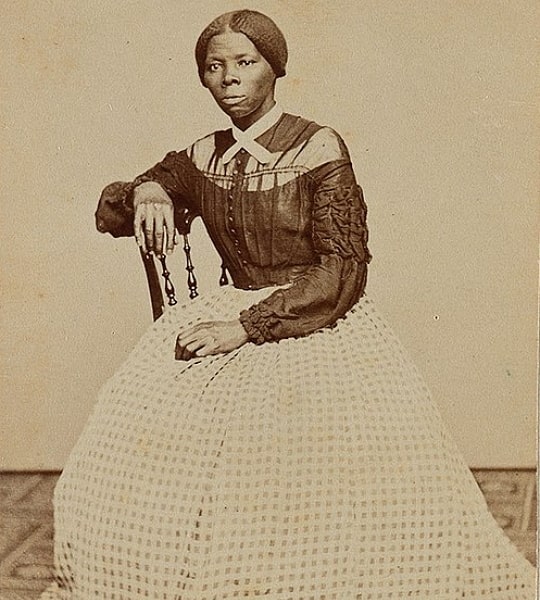
She started to pray for her master, blaming him for attempting to sell her and for continuing to oppress her family.
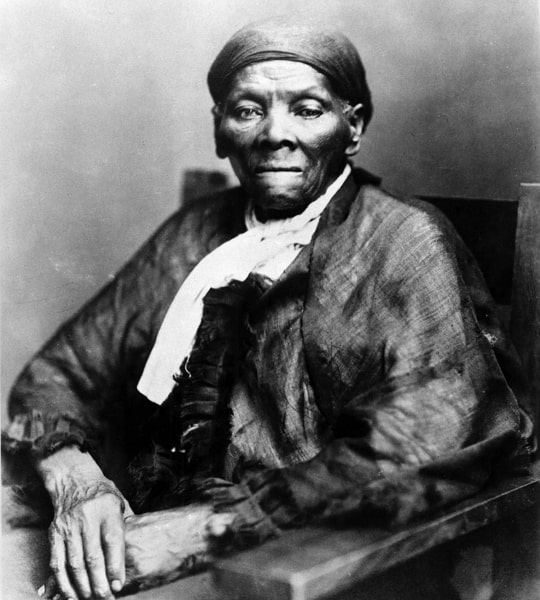
It was then revealed that she had been praying for her owner all night long till the first of March when he was attempting to sell her. “I modified my prayer” when it looked that the deal would be completed, she said. First, of March, I started to pray, ‘Oh Lord, if you ain’t going to alter that man’s heart, then kill him, Lord.'” she eventually apologized for her remarks when Brodess died.
Her family may be split up as a result of Brodess’s death, which is not uncommon in estate negotiations. Eliza, his widow, started selling the family’s slaves. It didn’t matter how hard her husband tried to persuade her, she refused to let the Brodess family determine her destiny. Liberty or death was one of the two options she had, and if she couldn’t have one, she’d get the other.
It was 17 September of that year when she escaped from slavery together with her brothers Ben and Henry. In adjacent Caroline County, Anthony Thompson (the son of her father’s old owner) had rented out her to work on his huge plantation in Poplar Neck, where her brothers were presumably also employed. Because the captives were employed by another family, Eliza Brodess may have missed the fact that they were trying to flee for a long period.
Two weeks later, she placed an ad in the Cambridge Democrat offering a reward of up to $100 for the return of any slaves. The brothers of she had second thoughts once they had gone. There is a possibility that Ben is a father. She was compelled to return with the two guys.
She fled again, this time without her brothers, soon thereafter. She made an effort to notify her mother in advance of her intentions. She sang a parting song in code to Mary, a valued enslaved companion. When she said, “I’ll meet you in the morning,” she meant it. A network known as the Underground Railroad may have played a role in her journey. Activists of all races, including free and enslaved Blacks, worked together in this loosely structured but very effective organization. Members of the Religious Society of Friends, or Quakers, were the most prominent of the latter in Maryland at the time.
As she made her way out of slavery, the Preston region near Poplar Neck was likely a crucial starting point. There is a popular path used by persons escaping slavery — northeast via the Choptank River, across Delaware, and then north into Pennsylvania. It would have taken anything from five days to three weeks to walk almost 90 miles (145 km).
Also Read:




